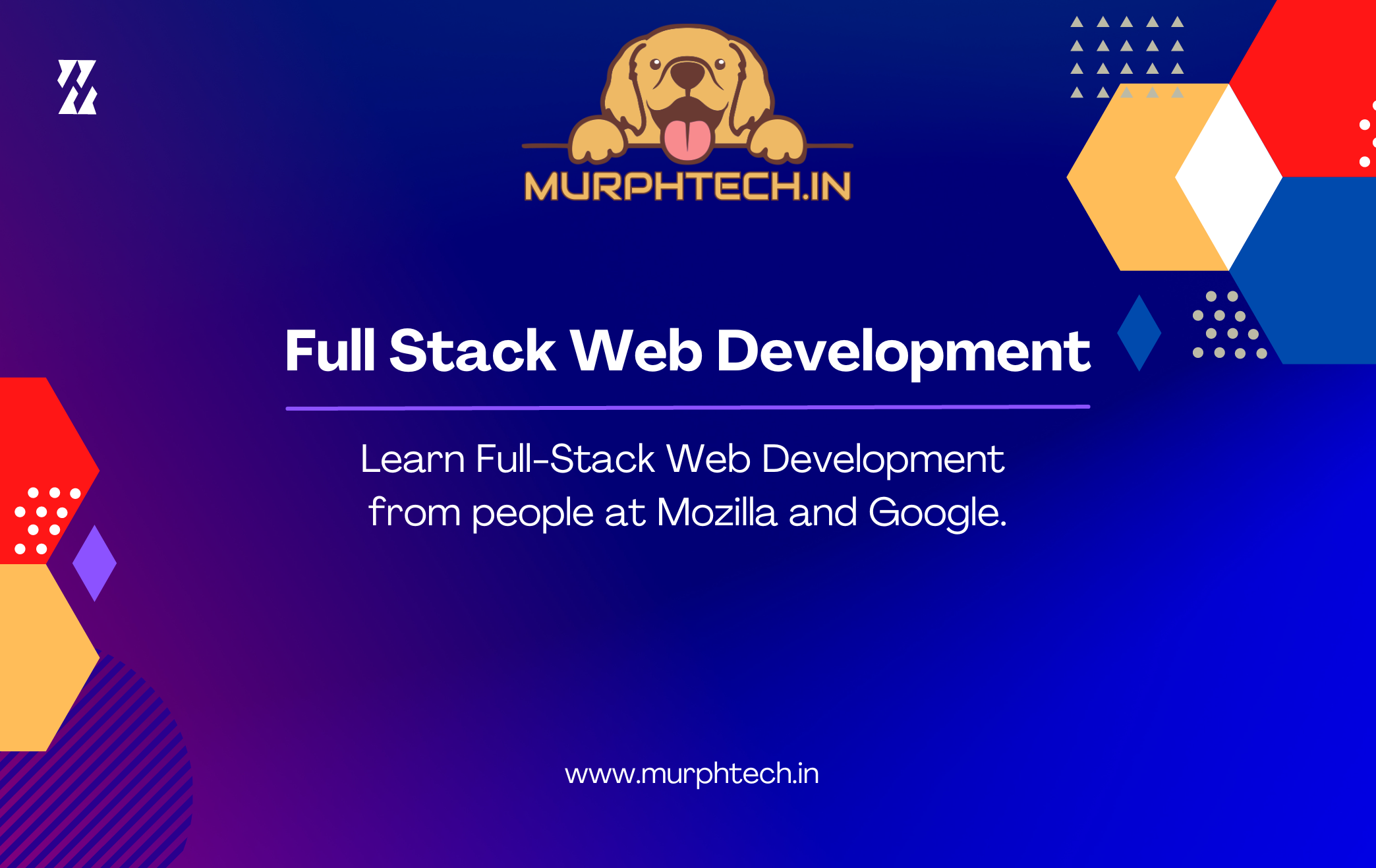
About Course
In this course, you’ll learn Full-stack web development using HTML, CSS, JS, Node.js, Express.js, and React.js is a popular web development stack that enables developers to create robust, scalable, and dynamic web applications. Here’s a brief overview of each technology:
- HTML: HTML (Hypertext Markup Language) is the standard language used to create the structure and content of web pages.
- CSS: CSS (Cascading Style Sheets) is used to define the presentation and layout of web pages, including elements such as fonts, colors, and positioning.
- JavaScript: JavaScript is a powerful scripting language that allows developers to create interactive and dynamic elements on web pages, such as animations, forms, and event handlers.
- Node.js: Node.js is a popular JavaScript runtime that allows developers to build server-side applications in JavaScript. It provides a fast, scalable, and lightweight environment for building web applications.
- Express.js: Express.js is a popular Node.js framework that simplifies the process of building web applications. It provides a set of tools and libraries for building server-side applications, including middleware for handling requests and responses.
- React.js: React.js is a popular front-end library for building dynamic user interfaces. It allows developers to create reusable components that can be used across different parts of an application, making it easier to build and maintain complex web applications.
To build a full-stack web application using this stack, you would typically start by creating the front-end using HTML, CSS, and React.js. You would then use Node.js and Express.js to build the server-side code and handle requests and responses. Finally, you would use JavaScript and React.js to create dynamic and interactive elements on the web page.
Overall, this web development stack is well-suited for building robust, scalable, and dynamic web applications that can handle large volumes of traffic and provide a seamless user experience.

